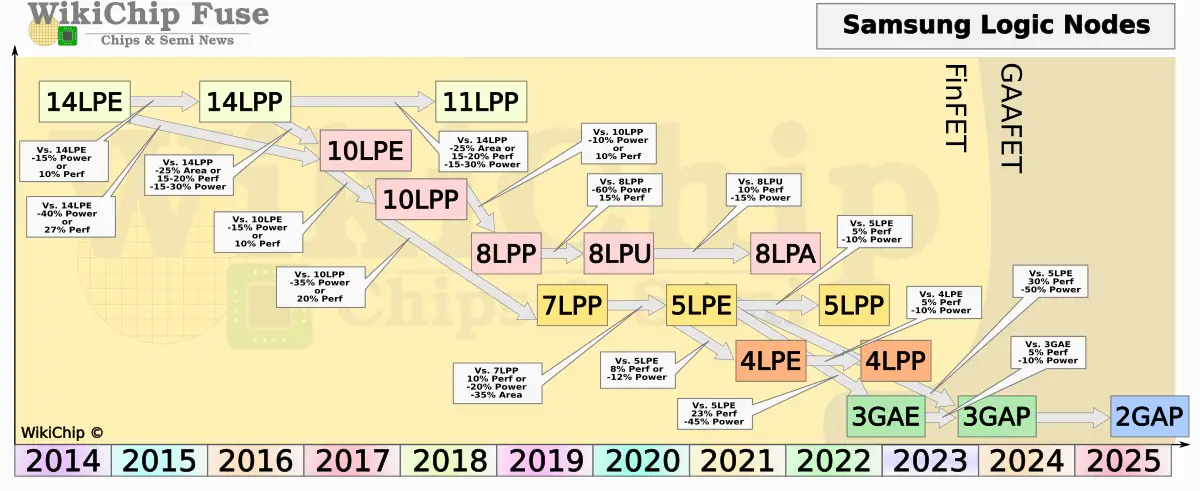Z0m3le
Bob-omb
Since this is the top of this page, I want to detail some thoughts on the info we have so far.
The 5LPP Samsung node rumor from ~5 hours ago, found on the last page, offers a ~50% power consumption reduction over 8nm found in Orin.
There were clocks found in the Nvidia hack's NVN API, a DLSS test using an Ampere GPU, it had 3 clocks, 660MHz "4.3w", 1.125GHz "9.2w" and 1.38GHz "12w"...
Thanks to Thraktor's digging, OLED model seems to have been designed to output 4K image, possibly via upscaling (non-tensor core accelerated). This remains unrealized, we also know that the GPU clock for Mariko goes as high as 1.267MHz offering 648GFLOPs, compared to OG's 393GFLOPs, the CPU also was similar enabled for higher clocks, short of 2GHz. This is likely the canceled Switch Pro model that Digital Foundry mentioned. It makes sense why the OLED model is so different even though the internal specs remain the same.
The 5LPP Samsung node rumor from ~5 hours ago, found on the last page, offers a ~50% power consumption reduction over 8nm found in Orin.
There were clocks found in the Nvidia hack's NVN API, a DLSS test using an Ampere GPU, it had 3 clocks, 660MHz "4.3w", 1.125GHz "9.2w" and 1.38GHz "12w"...
- I believe these are 3 separate tests for 3 separate modes, "handheld", "docked" and "stress test"
- Handheld mode would offer 2TFLOPs (better than steam deck) + DLSS
- Docked mode would offer 3.456TFLOPs (same tier as Xbox Series S) + DLSS
- I tracked Orin's estimated power consumption via Nvidia's power estimation tools. 624MHz with Drake's configuration requires ~8.5w on 8nm, and the name of this DLSS test's clock was "4.3w", this lines up extremely well with the rumor that Drake is on 5LPP, these numbers are estimations, and the GPU is different, but it falls in the realistic range, as does 1.125GHz from what I've been able to extrapolate from the tool.
- Orin's CPU power consumption for 8 cores @ 1.881MHz is 4.5w, considering only 7 cores would be used for games, with one being reserved for the OS, this would give 3.94w on those 7 cores, and a reduction of power consumption to half is 1.97w. TX1 on 20nm was 1.83w for the 4 cores on A57 which could not be individually down clocked for the 4th core on the OS.
Thanks to Thraktor's digging, OLED model seems to have been designed to output 4K image, possibly via upscaling (non-tensor core accelerated). This remains unrealized, we also know that the GPU clock for Mariko goes as high as 1.267MHz offering 648GFLOPs, compared to OG's 393GFLOPs, the CPU also was similar enabled for higher clocks, short of 2GHz. This is likely the canceled Switch Pro model that Digital Foundry mentioned. It makes sense why the OLED model is so different even though the internal specs remain the same.
That isn't needed IMO. If they keep the same battery, and use a more advanced RAM and smaller screen, they could reach 4 hours instead 3.5 hours... which is in line with Switch Lite's ~3 hours minimum, where OG Switch is 2.5 hours minimum (3 in Zelda).They would eventually need one to make a Lite, and offer an entry level SKU.
Last edited:



